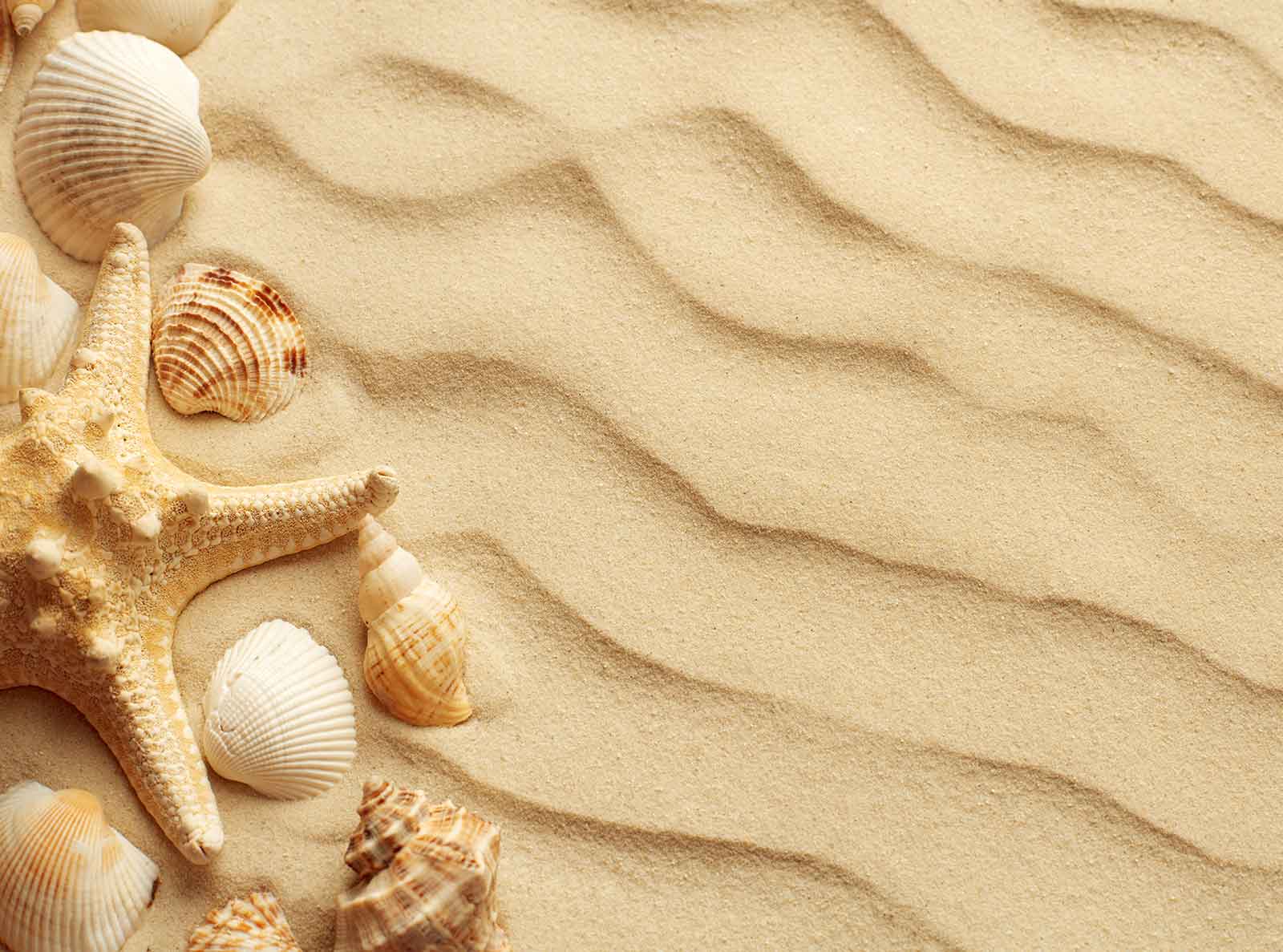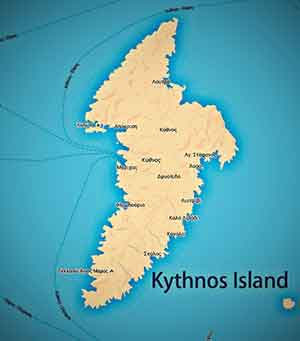Lefkes (Poplars or Elms) is a small seaside village on the eastern section of the island of Kythnos. It belongs to the local Community of Dryopida with only two (2) permanent residents according to the census of 2011. In front of the village lies the homonymous beach.
The settlement of Lefkes (Poplars) is located 5.7 km from the scenic mountainous Dryopida. Pass the village peripherally, a right turn follows, heading northeast to the main axis leading to the town. Continue for 1.5 km and at the next junction between the ridges of the mountains turn right, then right again. If you start from the port of Merichas the distance is 10.3 km length and takes about 22 minutes. Generally on on the road you will see the mountainous terrain of the island with chapels and countless formations of manmade terraces formed with drystone walls, which used to divide property and sometimes act as embankments.
Lefkes (Poplars), Kythnos and the small settlement is built around the beach that forms the homonymous cove. This is primarily a holiday village with private cottages and residences, but the rest of the year there are only two permanent residents. Visitors who want peaceful holidays, a few meters from the beach, away from the crowded beaches of Kythnos can find accommodation in little apartments and studios. On the low hill east of the bay there are a few houses and apartments, all very close to the beach. The main part of the village is perched on the hill west of the bay. In the center of the village there is a relatively wide meadow fed by the streams that descend from the mountain slopes. Scattered are some farmhouses, orchards as well as olive, fig and fruit trees. This vegetation pattern continues at points in the beds of streams heading up the ridges to Dryopida.
Before the village is the beach of Lefkes (Poplars). This is a relatively large beach where pebbles alternate with sand with cool, crystalline water. The large whitewashed trees, grow in clusters and provide shade to the swimmers.
Visitors can taste the local cuisine with fresh ingredients from the surrounding gardens, at the only tavern of the village near the sea, the owners of which have rented rooms and apartments at the same building. Another small complex of rooms and apartments is just a few meters from the beach. Both apartments are fully equipped with refrigerator and kitchenette. Located 3 km on the road to Dryopida there is also a small super market.
The chapel of Agios Nikolaos stands elevated on the rocks on the eastern promontory of the bay. The courtyard is quite large and surrounded by a dry stone wall creating a small garden area. One can climb to the chapel and enjoy the view seaward, via the stairs located at the small jetty with tie offs along the rock formations, or from the path that starts from the beach.
At the eastern side of the bay, visitors will see a structure that hails from years of operating the Serpieri mines in the region, the famous Italian businessman who also operated the Lavrion mines. The rusty construction was the ladder and loading bay of the now defunct iron mines which were in operation since 1873 on the island of Kythnos. Lefkes (Poplars) was a basic loading point along the sea route Loutra - Agios Stefanos – Zogkaki - Lefkes, as well as the terrestrial central portion of the ore route.
At Lefkes (Poplars) on the road to Dryopida you will also find the “Spitares” (Great houses), which is the now defunct mining company’s headquarters building, these structures are accessible via trails. The impression these large structures made on the locals was such, so as to prompt them to call these buildings Spitares (Great houses). They are now crumbling but stand alone on the bare hills of Kythnos. They are the remnants of the exploitation of the island’s mineral wealth for about 70 years, which stopped because of falling prices.
join.booking.com


























